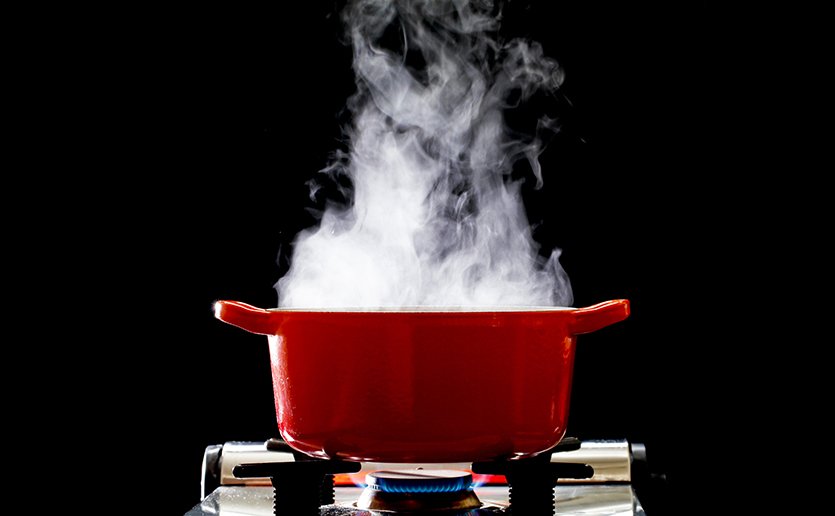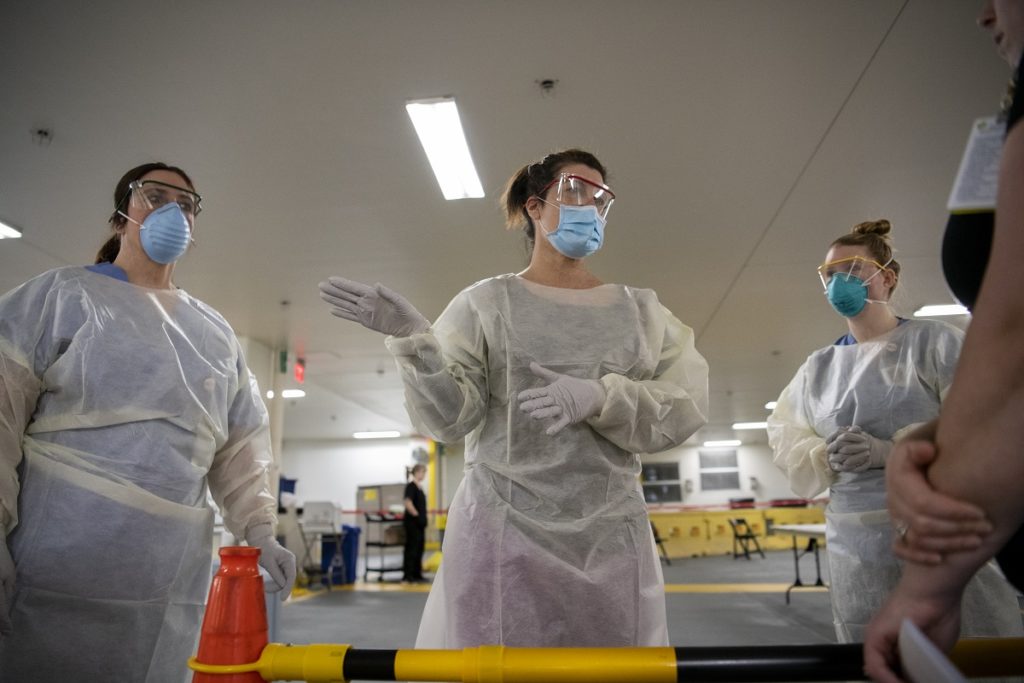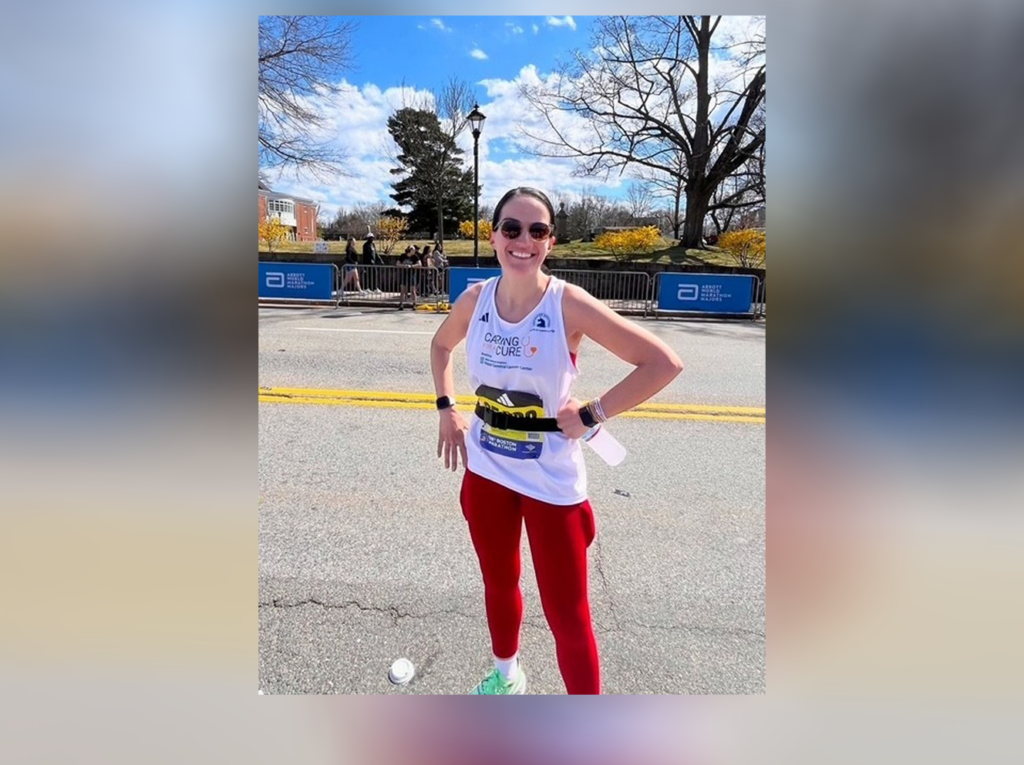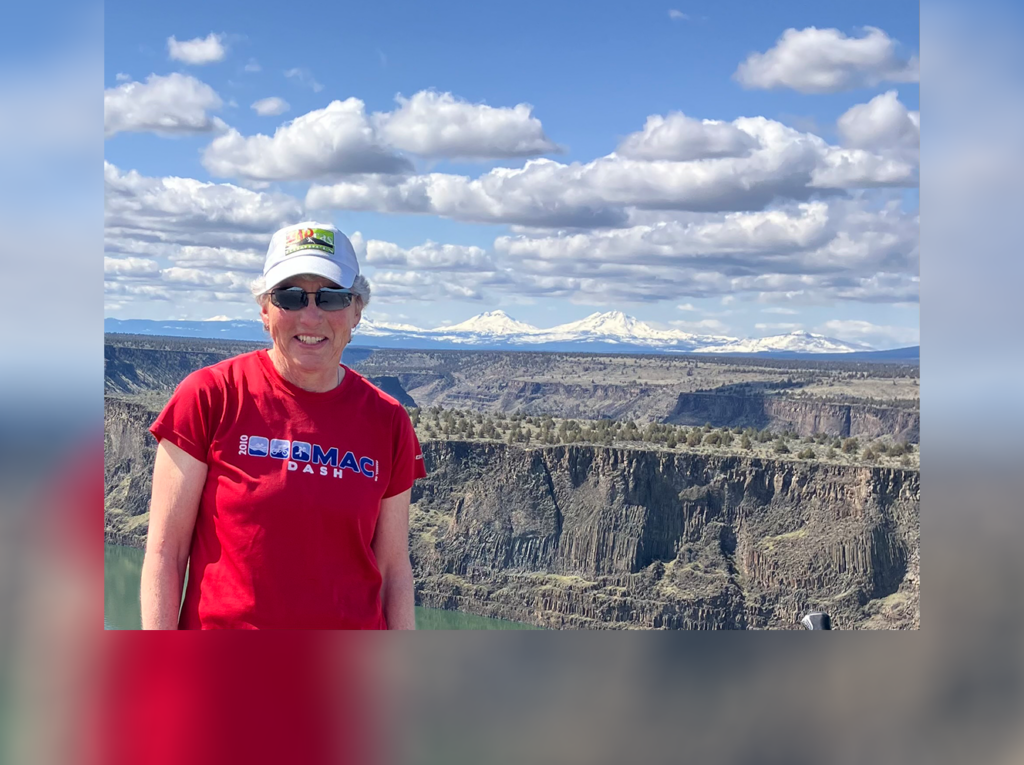According to the Centers for Disease Control and Prevention, (CDC) there are 3,500 adult and child deaths per year due to burns. Every day 300 children ages 0-19 are treated in emergency departments for a burn-related injury and two children die as a result of being burned. The age group with the highest rate of injury from burns is children age 4 years and younger and the majority of these burn injuries are due to scalds.
 At Massachusetts General Hospital and Shriners Hospital for Children, we see hundreds of cases of burns per year. According to data from the Massachusetts Burn Injury Reporting System (M-BIRS), children under 5 account for one-quarter of all reported burn injuries in the state. In the past ten years, 45% of all contact burns were to children under 5. Touching heating and cooking equipment, other hot household items (like clothes irons) and walking barefoot on hot pavement are the leading causes of contact burns to young children.
At Massachusetts General Hospital and Shriners Hospital for Children, we see hundreds of cases of burns per year. According to data from the Massachusetts Burn Injury Reporting System (M-BIRS), children under 5 account for one-quarter of all reported burn injuries in the state. In the past ten years, 45% of all contact burns were to children under 5. Touching heating and cooking equipment, other hot household items (like clothes irons) and walking barefoot on hot pavement are the leading causes of contact burns to young children.
In Massachusetts, we have seen significant reductions in fire and burn deaths in past 30 years. This is due, in part, to smoke detectors and other prevention strategies. But more can be done to reduce the number of scald injuries to children.
What is a scald?
A scald is a type of injury that happens when skin comes in contact with hot liquid or steam. Most scalds happen at home when a child is bathing, or eating or near people who are cooking or have hot liquids.
How serious can a scald be?
A scald injury can be minor and treated at home or can be quite serious and require hospitalization.
Who is at highest risk for a scald?
Young children, older adults and people with disabilities. About 60% of all scald injuries are to young children. They have thinner skin, which can cause a deeper burn.
What are the common sources for scalds?
The most common sources of scalds are hot water (taking a bath), and spills from hot drinks (coffee, tea, etc.), hot food and steam.
What should parents do if a scald happens?
Immediately get the person away from the heat source and cool the burn with lukewarm to cool tap water for a minute or two. Do not use ice, ice water, creams or butter. A small superficial burn may sometimes be treated at home. If the size or depth is not clear, evaluation by your physician or an emergency department is wise. Keep the burn clean and do not burst any blisters that form. If the burn is more serious, seek medical attention right away. You will know if the burn is more serious if it is larger than your hand or causes white or charred skin.
How can scalds be prevented?
Parents are encouraged to talk to their children about staying away from the stove and other areas of the kitchen when meals are being prepared.
More tips to prevent scalds:
• Do not leave hot beverages or foods unattended or near the edge of a table where a curious child could reach them
• Keep hot beverages away from children
• Be careful with tablecloths as children can pull them and spill hot liquids on themselves.
• Use a spill-proof travel mug when drinking coffee or tea.
• Do not leave pots unattended on the stove and turn handles away from the stove.
• Supervise young children and don’t hold children when cooking or drinking hot beverages.
• Set your hot water heater to a maximum of 120 degrees.
• Testing bathtub water using a cooking thermometer will ensure a bath is not too hot for a child.







